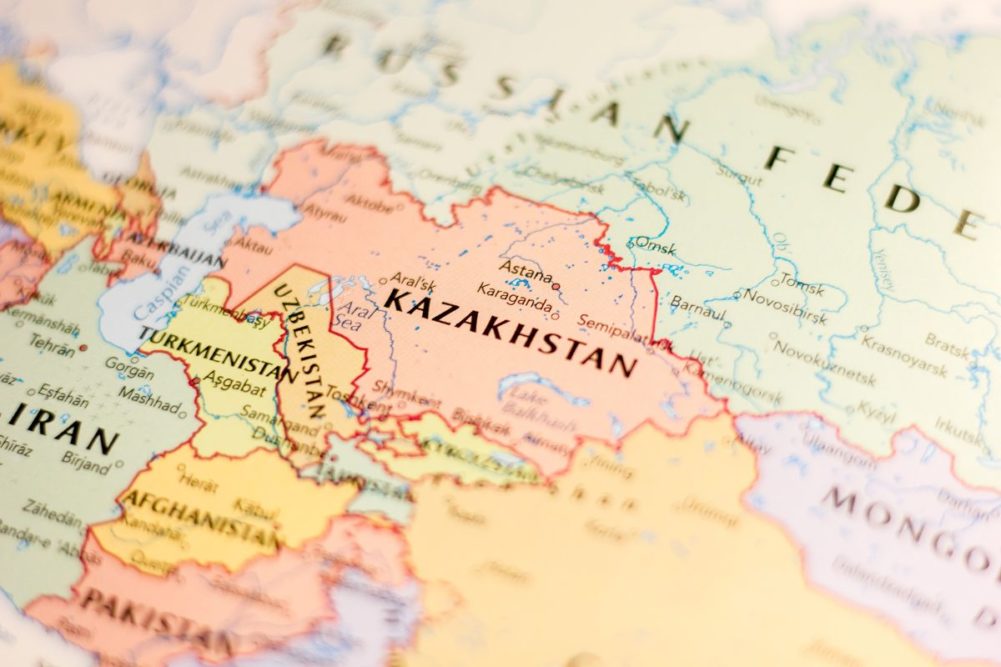STANA, KAZAKHSTAN — Kazakhstan’s oilseed production is expected to significantly increase to 5 million hectares by 2027 from the 3.4 million hectares estimated in 2022, according to a report from the Foreign Agricultural Service (FAS) of the US Department of Agriculture.
The growth is driven by increased use of modern production methods, favorable domestic prices and strong export demand from China, said speakers during the Kazakh National Oilseed Processors Association’s (NOPA) Fats and Oils conference in Almaty. They also said increases could be stymied by inaccurate market statistics, inconsistent government policies and challenging transportation logistics.
Oilseed production has increased from 2.5 million hectares in 2020 to 3.4 million hectares in 2022 with yields of 3.3 million tonnes.
Oilseeds and oilseed processed products are the fourth largest agricultural sector in the country. Speakers at the conference said oilseeds have greater export opportunities, unlike wheat and barley, outside of Central Asia.
Kazakhstan uses 40% of its oilseed crushing capacity. There are 70 oilseed crushing facilities in the country with the capacity to process 3 million tonnes of oilseeds per year.
China edged out the EU to become the top destination for Kazakh oilseeds by volume in 2022. Exports of oilseeds by volume to China increased more than 300% by value between 2018 and 2022.
In 2022, these exports consisted of roughly 45% each of sunflower and flax, with safflower accounting for the other 10%. Nearly all those presenting on trade mentioned China as the top growth export market for Kazakh edible oils and oilseeds.
Challenges remain for the industry, including lack of reliable agricultural statistics. Production, processing and trade data collected at the local level are influenced by local and regional officials. By the time data is analyzed at the national level, they have been influenced multiple times, leading to inaccurate production.
Government policies are also inconsistent so businesses may restrict production and investment.
Since it is landlocked, logistics are a challenge and have been further exacerbated by Russia’s invasion of Ukraine and Western sanctions.
For products to be shipped by rail through to China, they frequently must be offloaded and loaded again due to different rail gauges.






